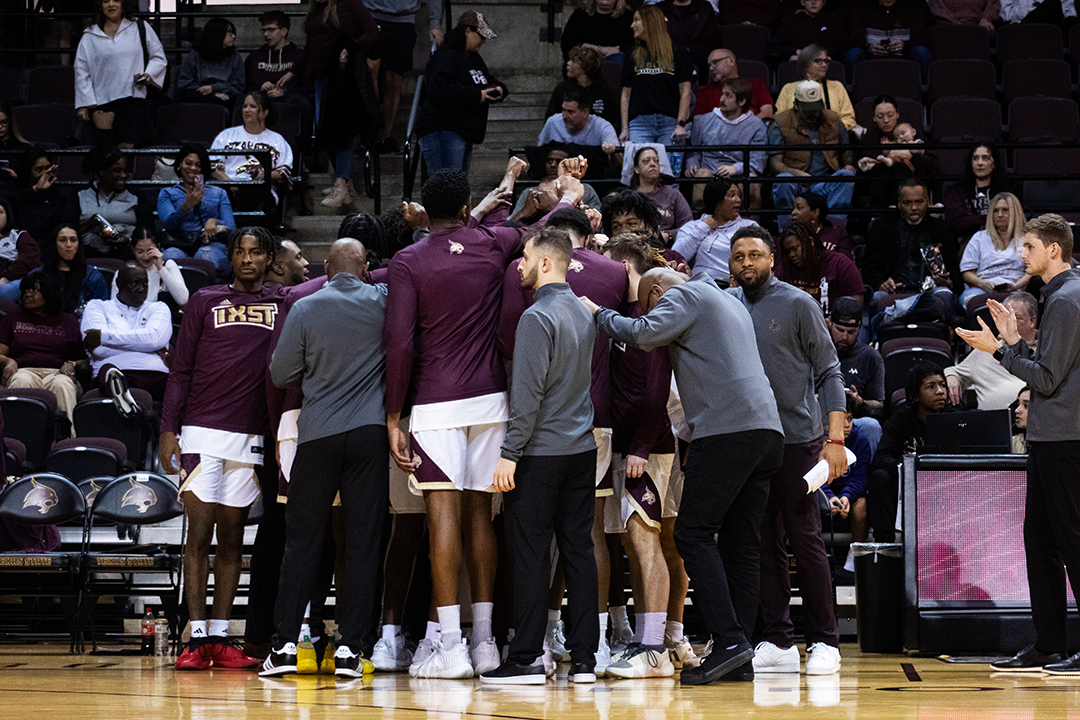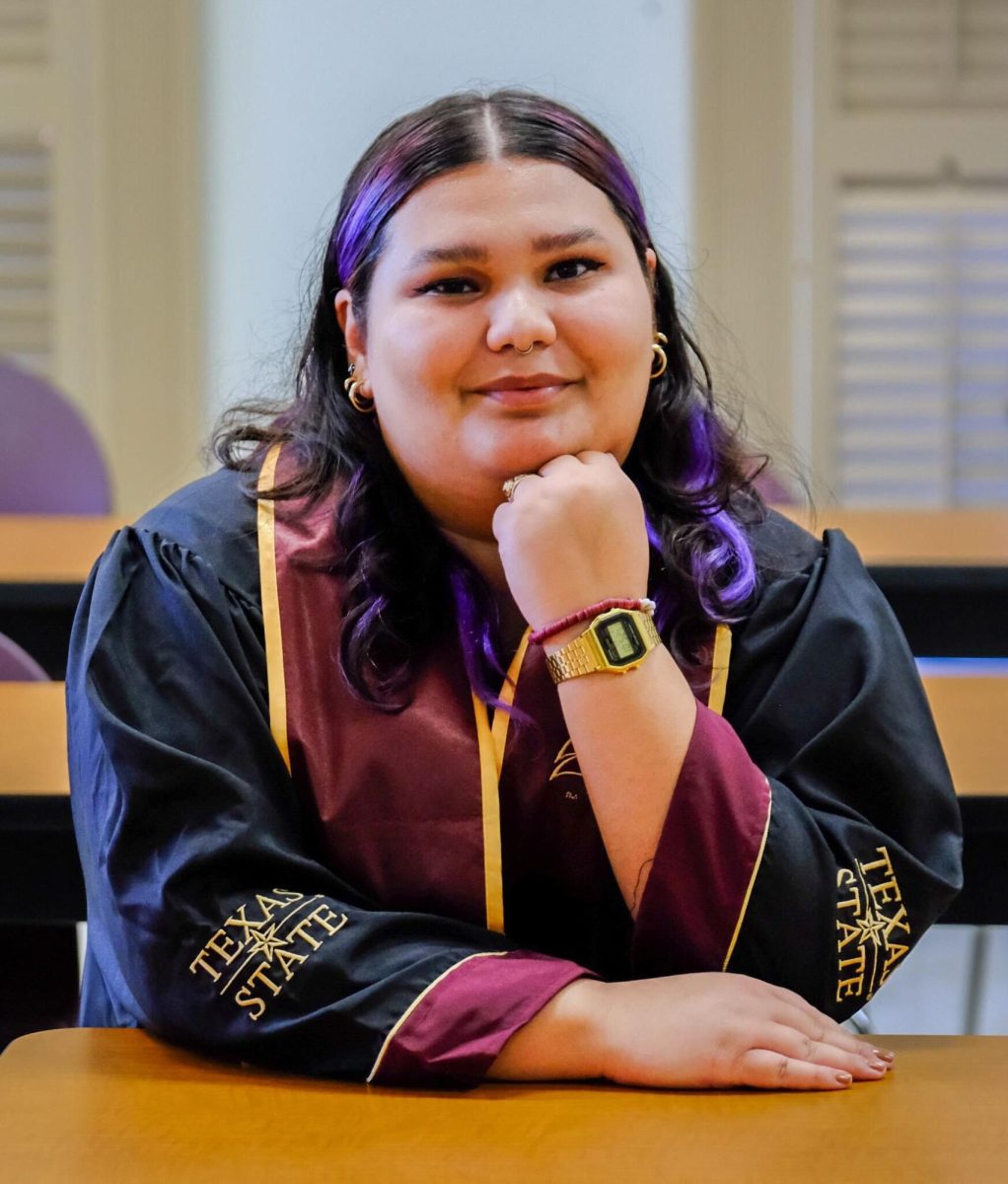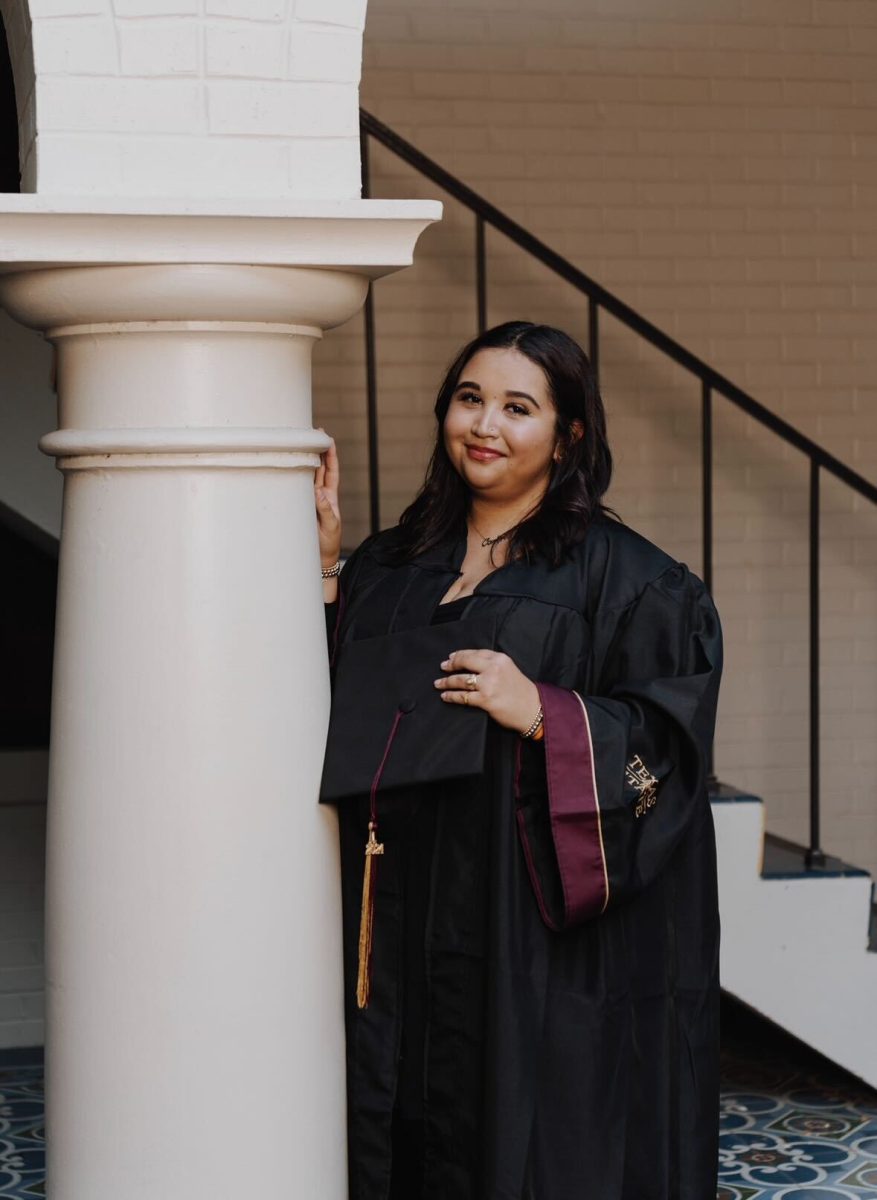The Dunbar neighborhood in San Marcos, historically an African American community, is endangered by the social phenomenon of gentrification.
The neighborhood was initially established due to segregation policies and African American San Marcos residents were forced into this part of town due to discriminatory housing practices in the Jim Crow era. The neighborhood has since evolved into a prominent cultural center, but it is now under threat of dissipation.
As Texas State’s enrollment seems to grow without end and students seek affordable housing near campus, they are moving into traditionally redlined areas, including Dunbar, where housing prices have historically been lower due to systemic disinvestment.
As students flood the market, demand for housing in Dunbar rises, driving up property values and rent prices. This displaces long-time residents who can no longer afford to live in their own neighborhood and allows more students to move in, creating a “snowball effect.”
Data from The End of Austin, an award-winning digital humanities project that explores urban identity in central Texas, tells a dark story. In the 1950s, African Americans made up roughly 50% of San Marcos’ population. Today, that figure stands at just 5.5%, reflecting decades of economic pressures pushing the community out of the city.
The Dunbar neighborhood is a unique microcosm of this trend. Most of the original residents moved out in the 80s and 90s, due to housing pressure, availability of better options elsewhere or both.
Now, the main objective is to preserve existing cultural landmarks and prevent the second wave of gentrification from permanently erasing historic and cultural locations. Establishments, such as Ms. Ollie’s Store, that once served as hubs for the African American community are now closing, being repurposed or losing their cultural significance as new, unrelated businesses and residents replace them.
Gentrification fundamentally changes the character of the neighborhood as properties are remodeled to appeal to a different demographic; one with the financial means to afford higher rent prices. What was once a vibrant, close-knit community is now at risk of becoming another student housing neighborhood, devoid of its unique historical and cultural significance.
Addressing these concerns requires deliberate action by the San Marcos City Council. Affordable housing initiatives, rent control measures or zoning policies that protect long-standing residents from being priced out could help preserve Dunbar’s cultural heritage.
Texas State also has a major role to play: the university must take steps to ensure students understand the impact their housing choices have on local communities and support policies which mitigate displacement. Students intending to live in the area must realize the broader cultural context within which they situate themselves.
Dr. Eric Sarmiento, assistant professor of geography, has done research on gentrification in Dunbar that included a door-to-door census of the neighborhood in 2020.
“[Students] have a big impact on politics of the city,” Sarmiento said. “There’s a lot of things students can do to be involved and try to be conscious residents… If you’re here for four years or you’re here for the rest of your life, I think there’s ways to be a good member of the community. The Calaboose Museum is a great place to start.
The Calaboose Museum is a crux of resistance of the local community in their efforts to honor the neighborhood’s cultural heritage through preservation, events and education.
The story of Dunbar is not just one of a neighborhood at risk — it is also a call to action. If San Marcos does not act to protect the remaining historical community, it risks losing a vital piece of the city’s cultural identity forever.
– Nikita Arefiev is an international relations sophomore
The University Star welcomes Letters to the Editor from its readers. All submissions are reviewed and considered by the Editor in Chief and Opinions Editor for publication. Not all letters are guaranteed for publication.





















John • Nov 8, 2024 at 9:03 am
I thought diversity was a good thing?
Nikita • Nov 11, 2024 at 2:15 pm
Cultural preservation and the embracement of diversity are not mutually exclusive.